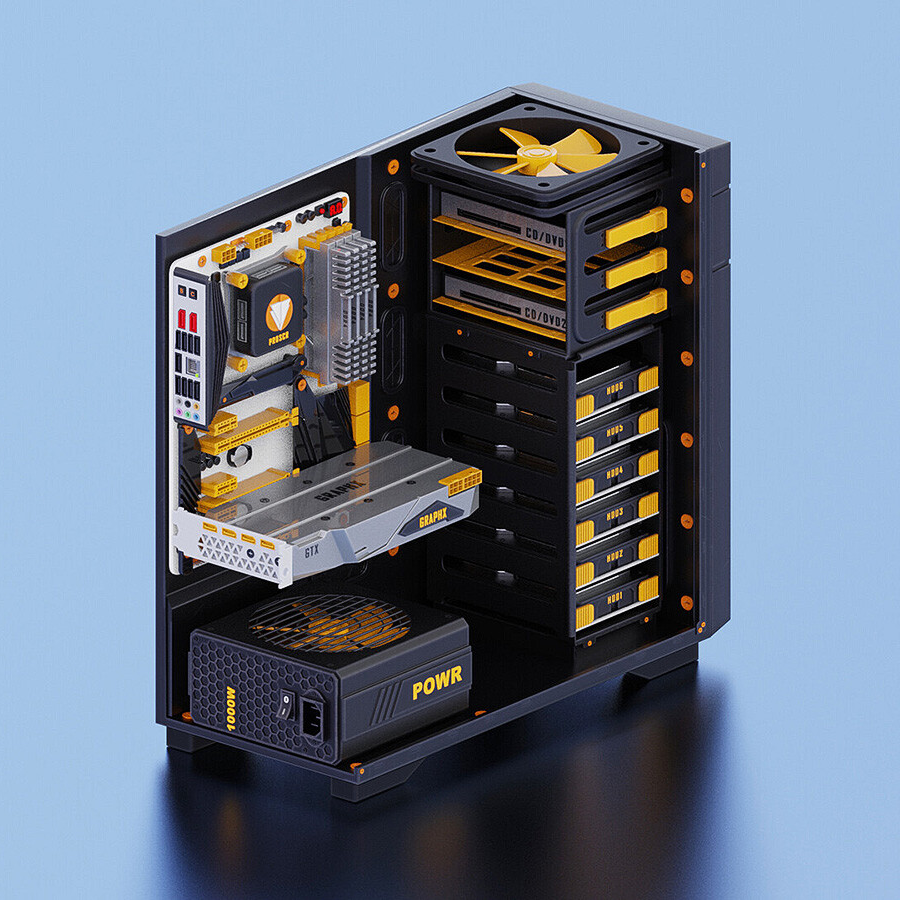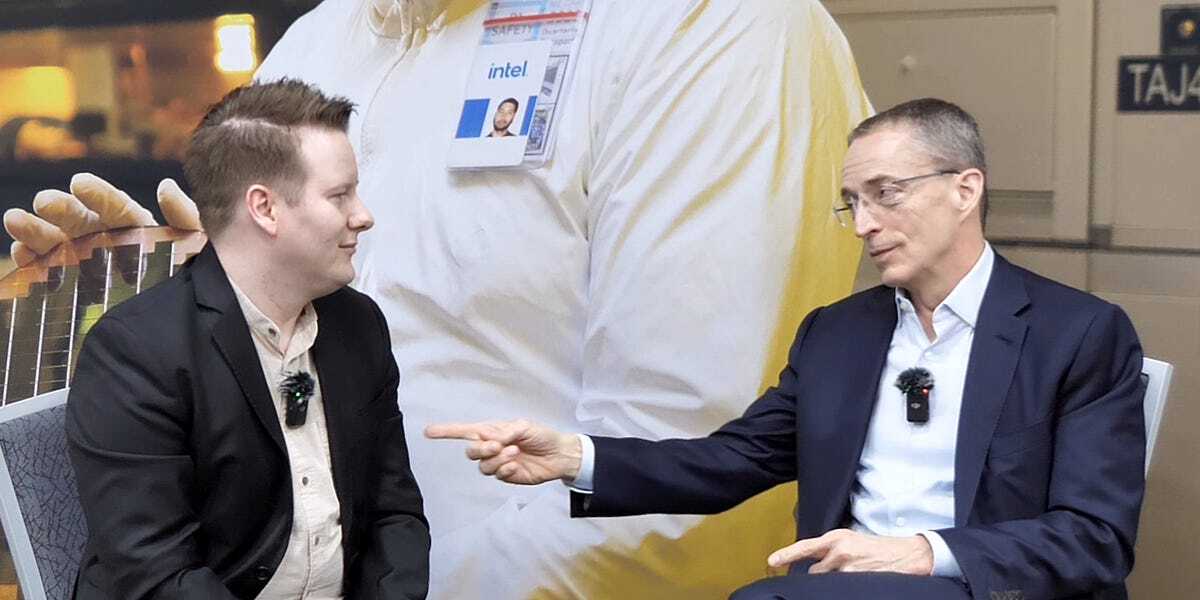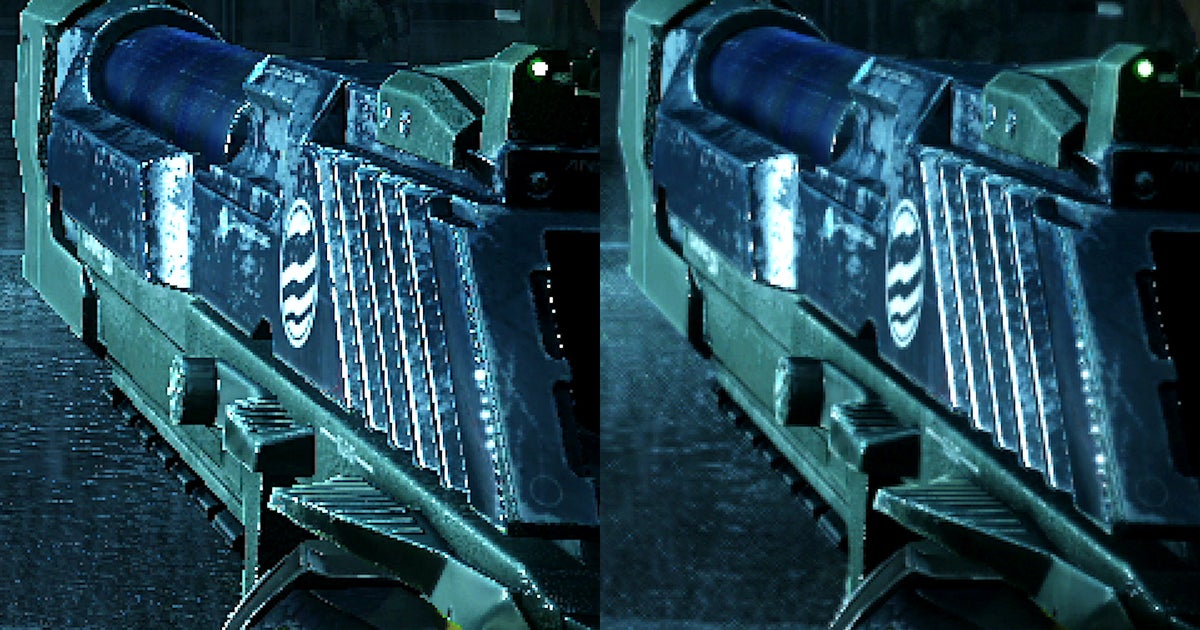

I don’t think it’s the scheduler this time with a single CCD, but there is significant difference. These tests focus on compute and productivity with almost no games, so most of the difference could come from this bias. Another possible option is the power profile (EPP balance_performance) holding back the 7700x on linux.
















That ATX board would be great. The mATX B650M PG is also better than the previous one, it is good enough. If you can find the B650M-HDV/M.2 in stock that is even better if you don’t need 3 m.2 slots.
That monitor was indeed a lucky deal. It looks to be a good combination for this setup.